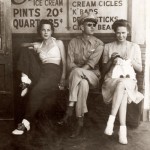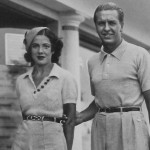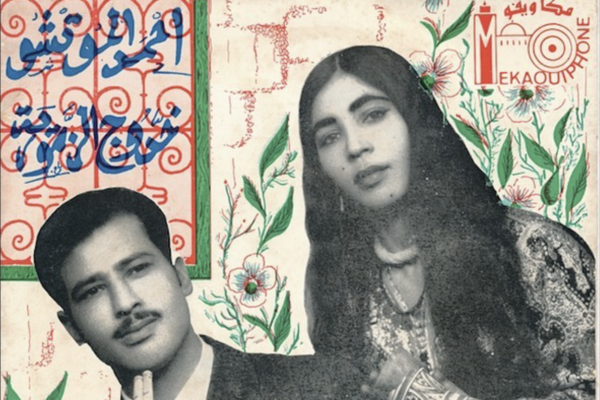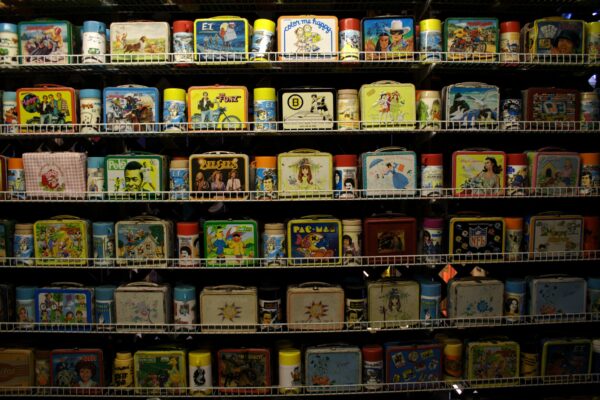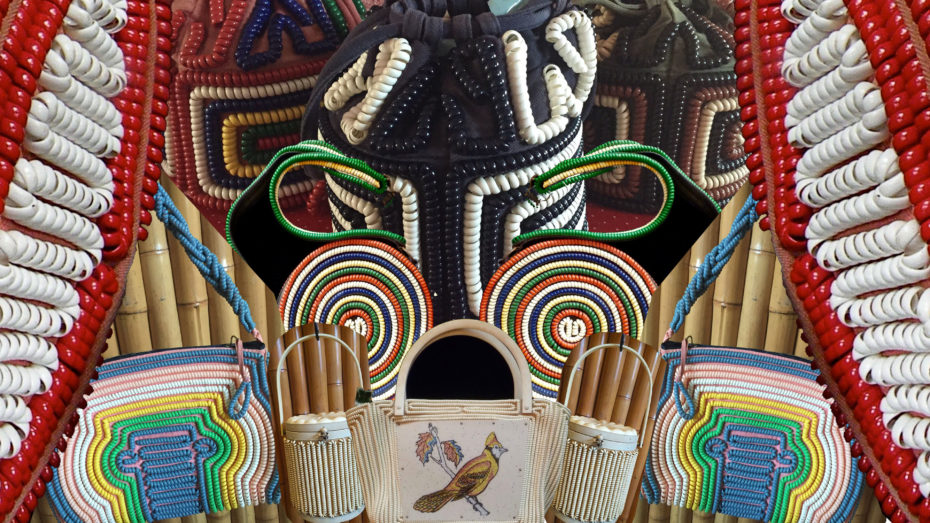
We love a fashion moment wrapped in a mystery, which is precisely what happened when fate, or chance, or whatever, first brought us to our dream handbag. There, in the sea musty bins at the Brooklyn Flea, it glimmered: a purse made up of cream coloured coils…dare we say, telephone cords? It was bold, campy, and utterly weird, so we did a bit of investigating to find out where, when, and why these peculiar fashion accessories were born (and how we should start collecting them for our summer wardrobe).
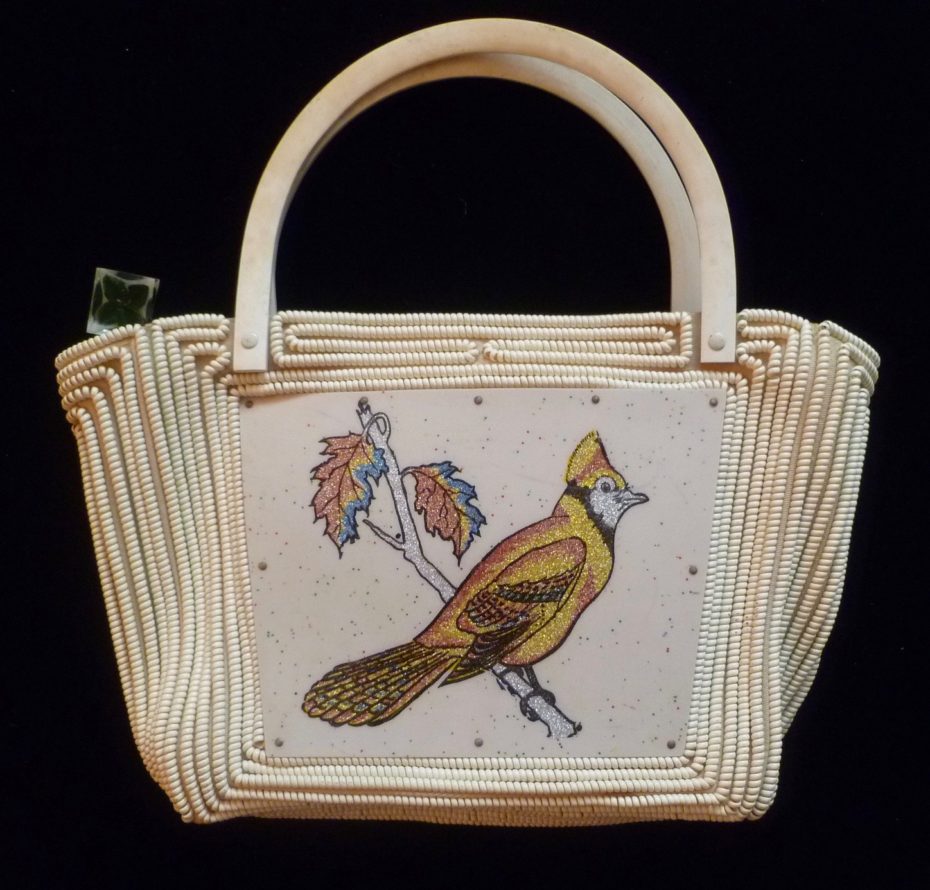
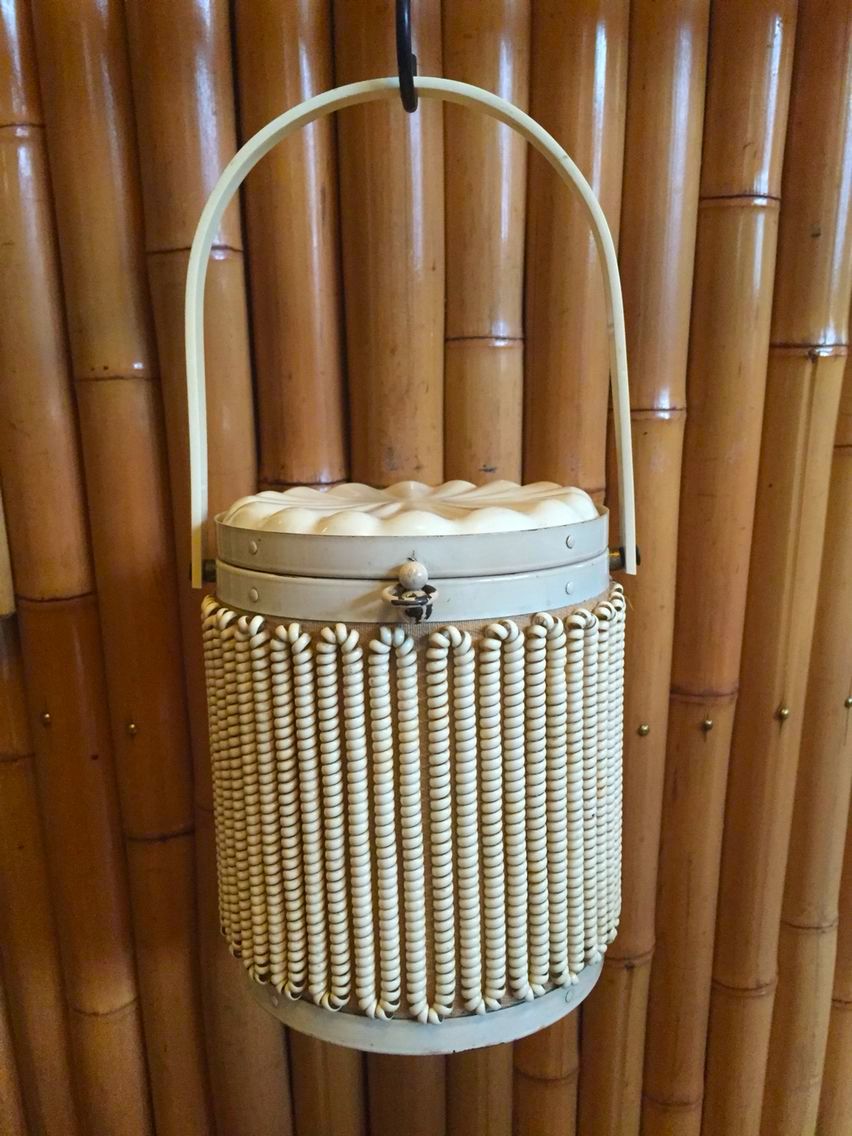
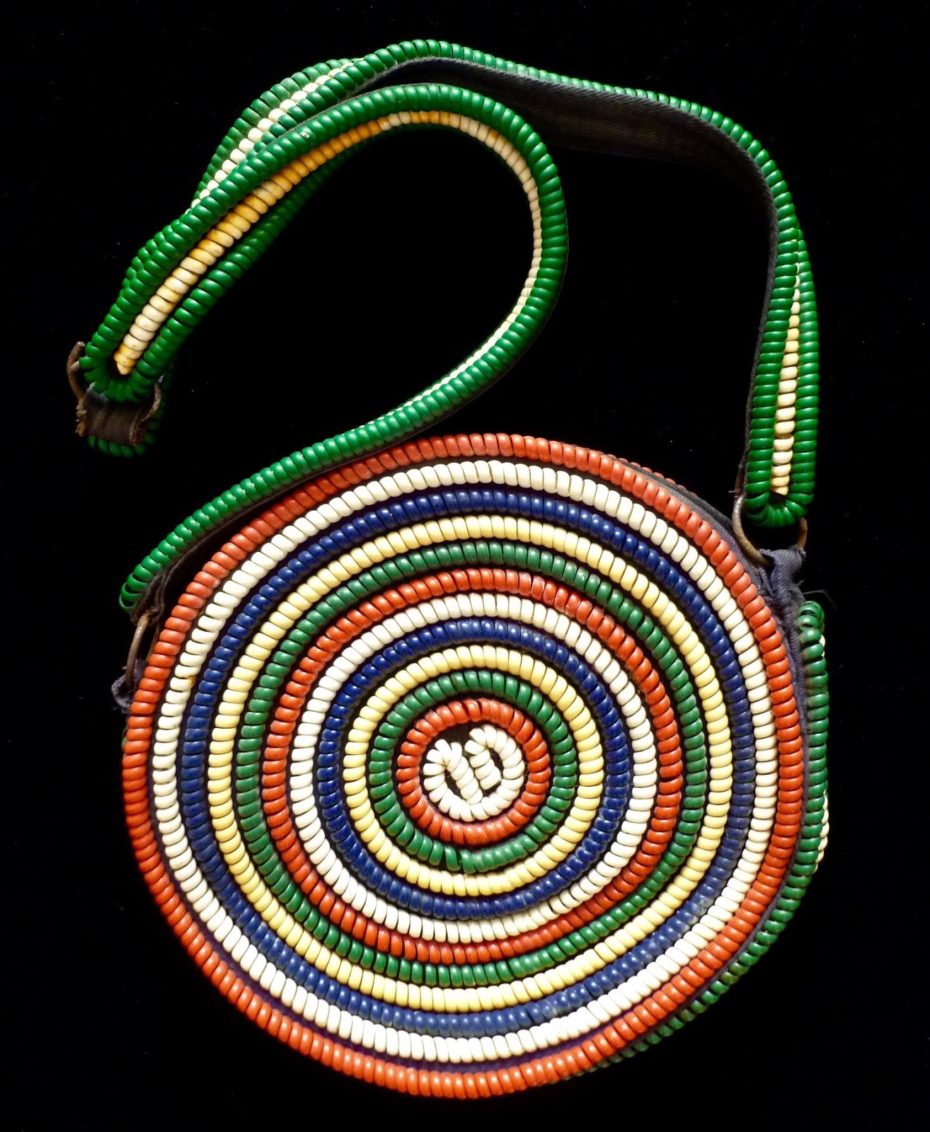
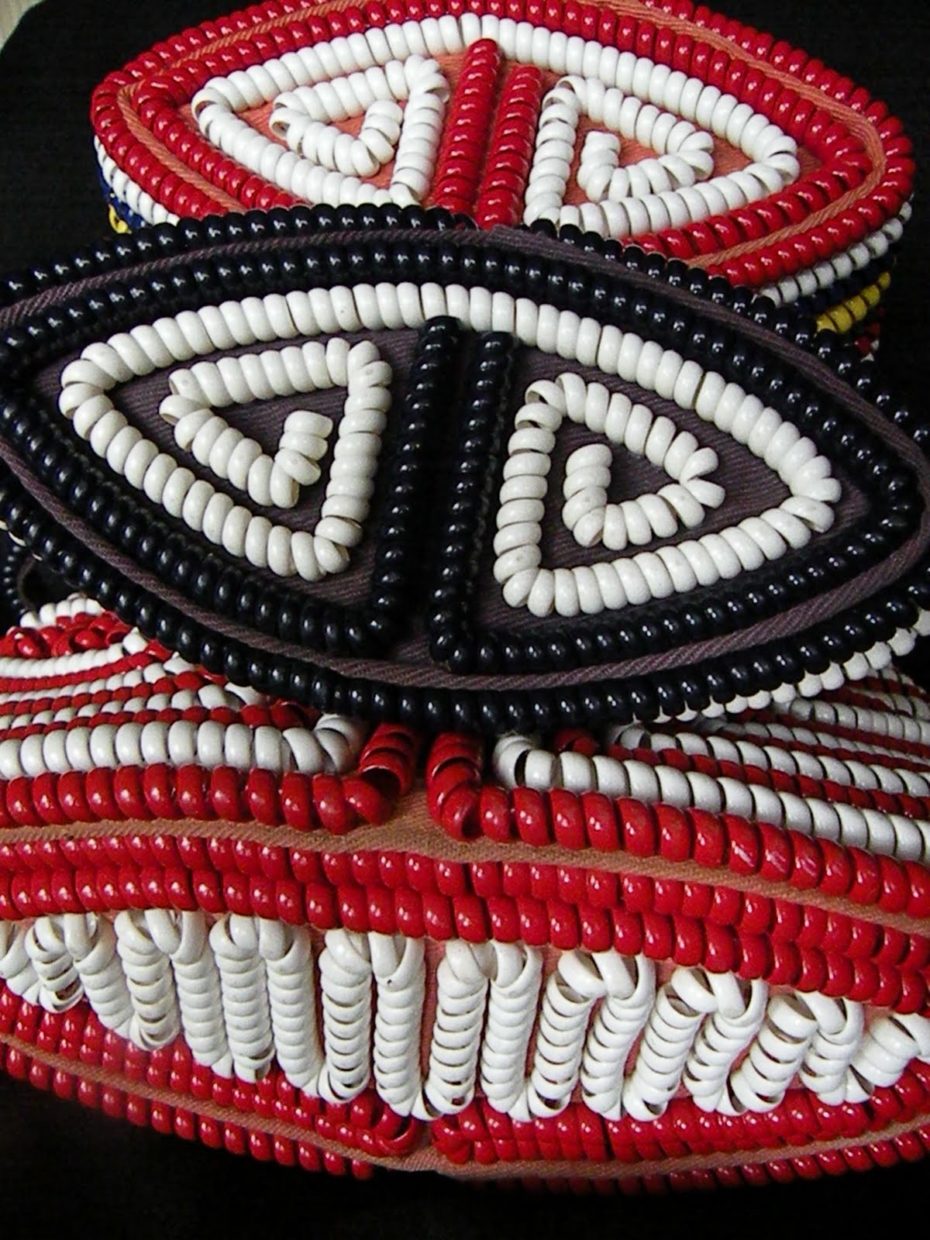
Type “telephone cord bag” on Pinterest, and you’ll get a hefty collage of the purses in cream, black, and primary colours. “The heyday for these bags was the late 1940s-mid-1950s,” says vintage expert Jessica Murrell, who gave MessyNessy a few insights into the accessory. The purses emerged in the US during WWII, when material rationing meant designers had to get thrifty with their creations – and while America didn’t ration clothes as much as they did in Britain, there were still 11 million citizens, both men and women, who went into military service. Which meant the frivolity of fashion was slated for a reality check…
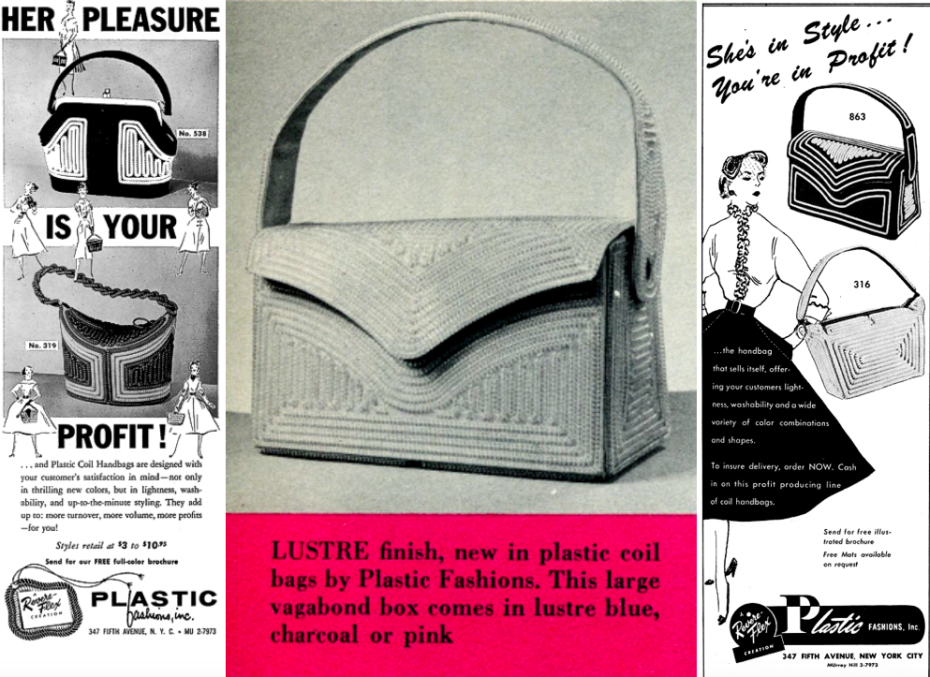
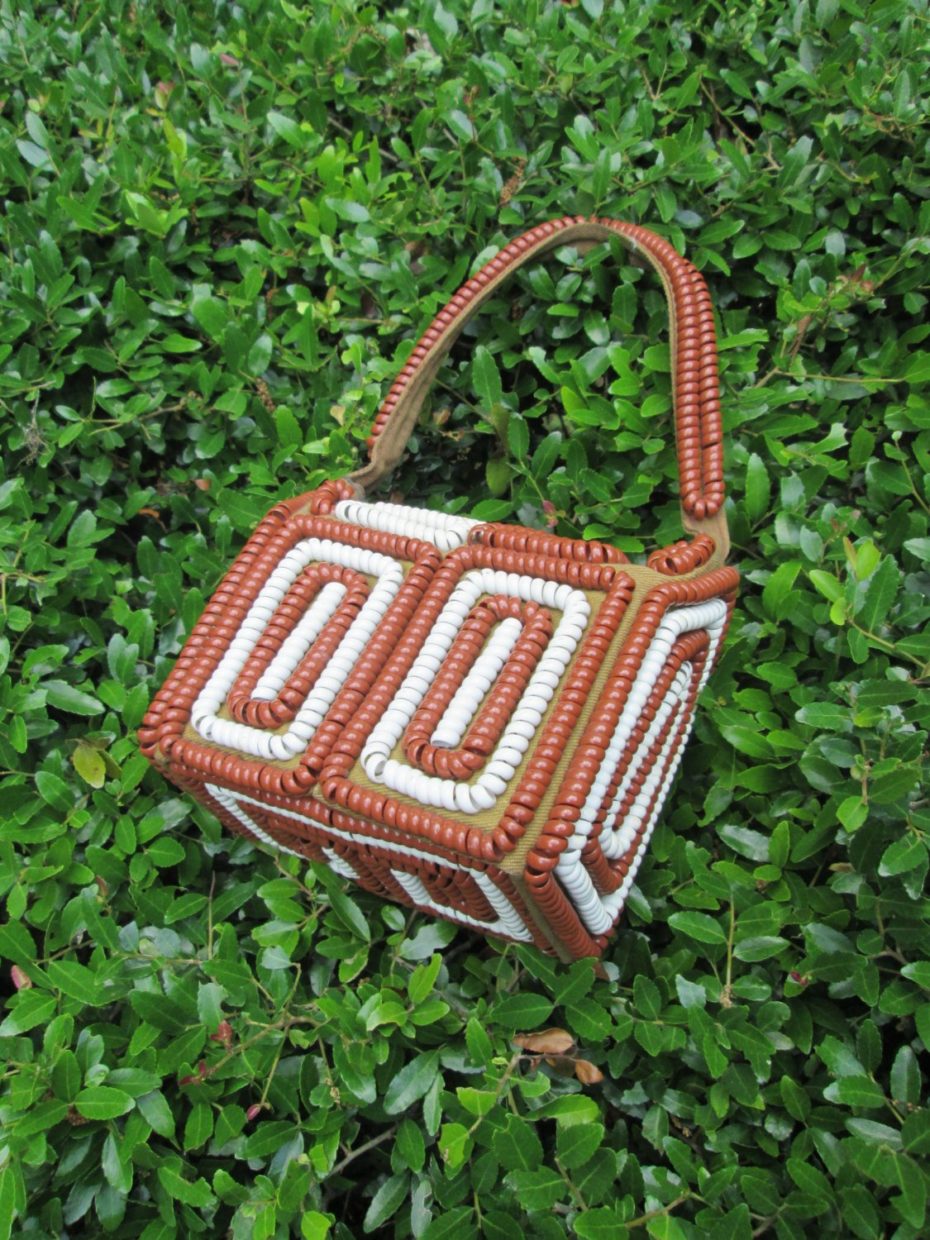
Utility, strength and safety were the keywords in every home-making guide on the market, in a world where brides were sewing dresses out of “silk” from parachutes (Japan was the big supplier of real silk), and long luscious coiffes were swapped for head wraps, a.k.a. “winged victory turbans”, both in and out of the factories. Yet, born from a sense of restraint, the wartime woman’s wardrobe became her greatest liberator; they were visual signifiers of physical strength and capability, as well as staunch proof that even in the direst of conditions, creativity finds a way.
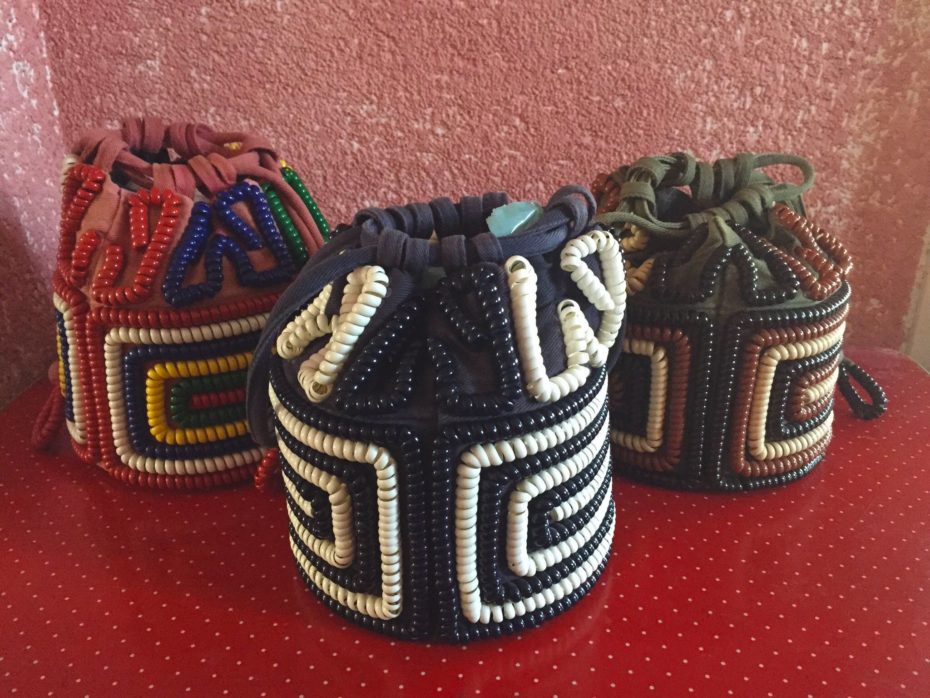
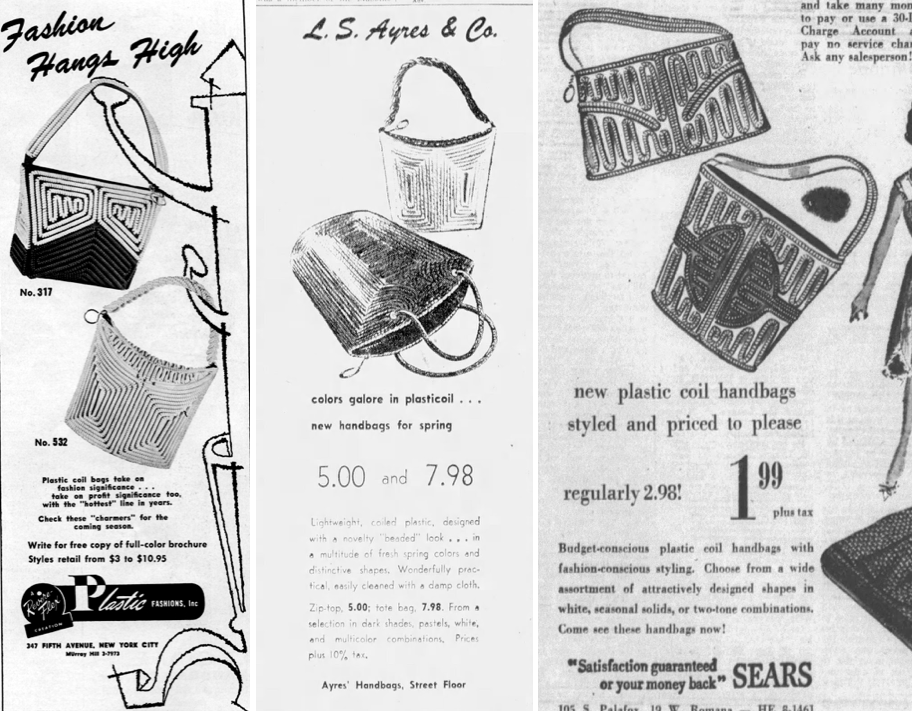
But finding out if the little accessory was a direct result of rationing, or made in the spirit of post-war thrift, isn’t quite as clear cut. In 2016, the ESSE Purse Museum (Yeah. Purse Museum) in Little Rock, Arkansas, told USA Today that the bag was a direct product of wartime rationing, as companies looked for “alternative materials for making [a] product that weren’t essential to the war effort [like a] telephone cord. It came in a variety of color combos including, of course, red, white and blue. Functionality and patriotism ruled, and handbags became larger and more practical to hold all the necessities of a self-sufficient woman.” By the 1950s, they sold for around $3-$10, the contemporary equivalent of $30-$100.
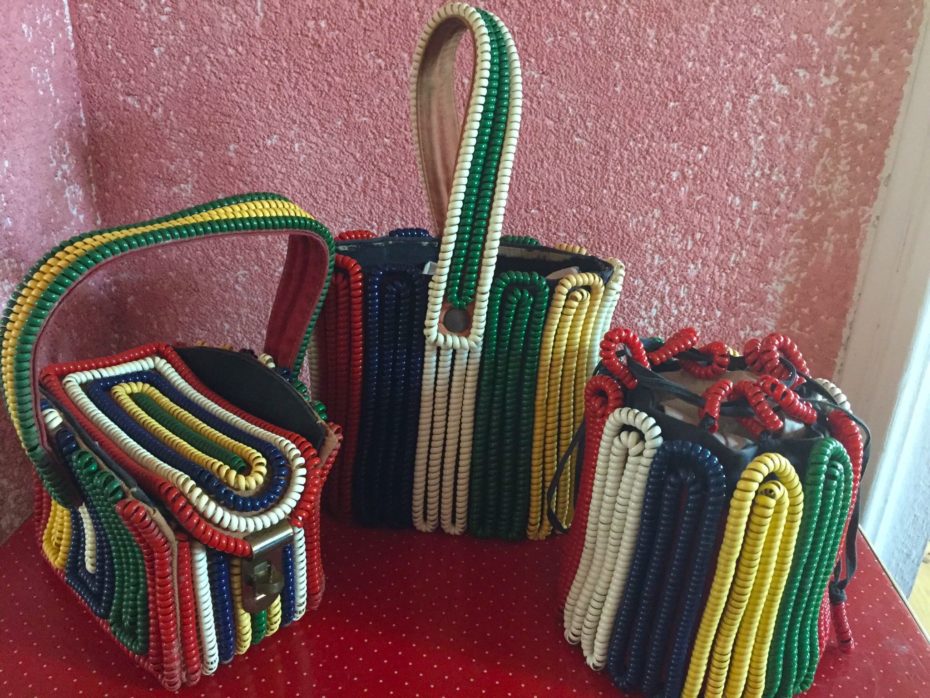
Our vintage expert Jessica, however, begs to differ. “Technically there was never any reference to them being made from a ‘telephone cord’ at all”, she tells us, and clarifies that they were originally called “Plastic Coil Bags” when Plastic Fashions, Inc., at 347 Fifth Ave, NY, first put them on the market in the late-1940s even though rationing ended in 1946.
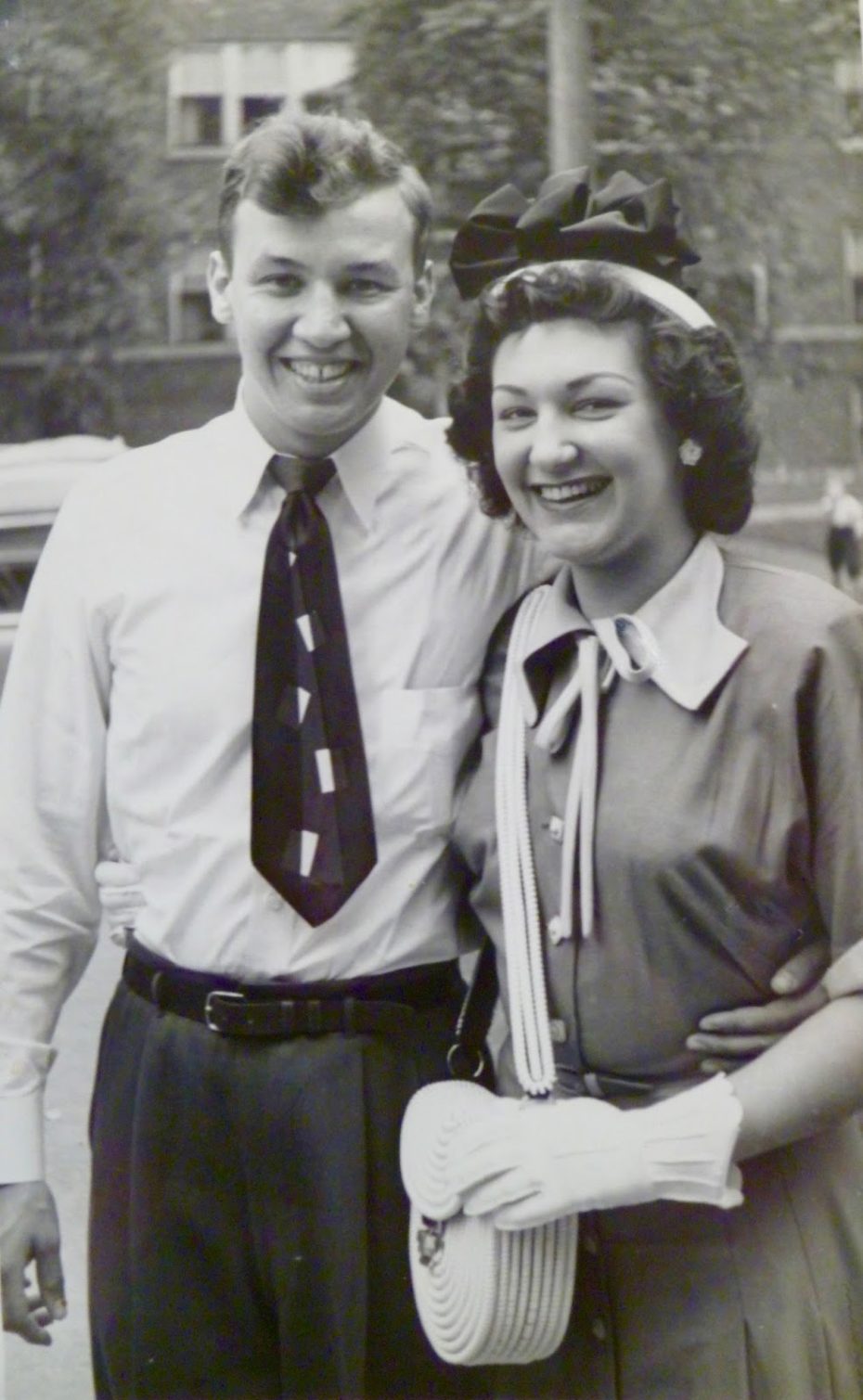
“The original line was called ‘Revere Flex Creations'”, she says, “Their second line came out in 1951 called ‘Petit Purl’, [and] offered new colors and a more dainty spiral size. The purses were praised for being “terrifically colorful” (to quote an original advertisement), lightweight, and easy to clean. Also, due to the dozens of colors and combinations they were offered in, you could match them to any outfit.” Only when coiled telephone cords became more prevalent in the home in the 1950s, she says, did the whole telephone association come into play with the product. “I myself tend to use this term too,” she says, “it’s fun and I don’t think there’s anything wrong with it, even though it’s not original or completely accurate”.
Interesting. It does seem only fitting that once again, fashion, came before function (in this case quite literally).
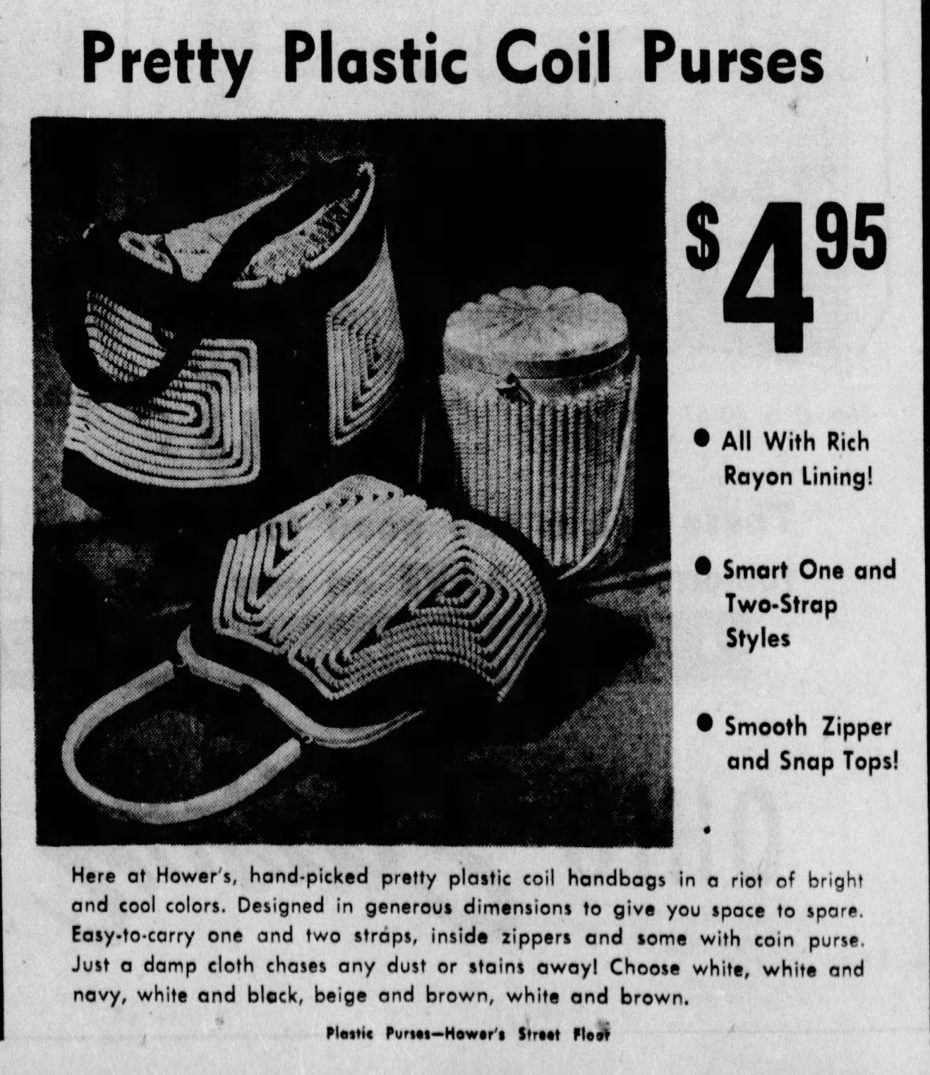
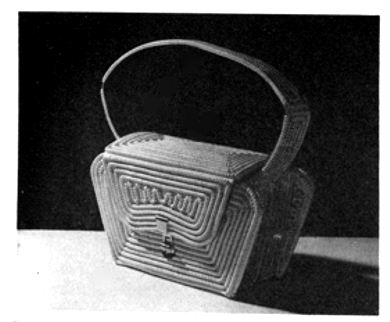
Either way you slice it, by and large, online sellers (Etsy, Ebay, retro lifestyle blogs etc) appear to have collectively adopted to the assumption that this was a ration-wear item, which just goes to show: WWII helped democratise the best weird fashions in the mainstream.
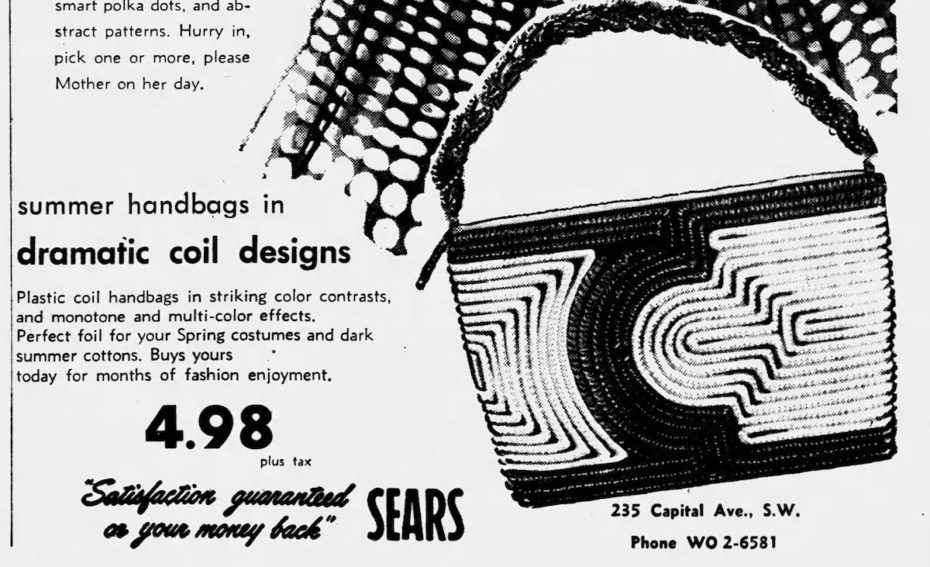
But let’s get back to the fun part: styling. Jessica’s Instagram The Elegant Giraffe, is sumptuously marinated in the same aesthetic as her Etsy boutique, Piper Cub Vintage: a crisp 1940s-feel curated from America’s great potato heartland, Idaho. “I personally own a fabulous primary color telephone cord purse, with a long, over-the-shoulder strap,” she says, “and I love to pair it with a matching dress, blouse, or matching bakelite jewelry.” When in doubt, she advises reaching for a bold, bright colour to perhaps replace a more hum-drum neutral shade. “My wardrobe consists 100% of bold colors,” she says, “and they go with everything I own so perfectly.”
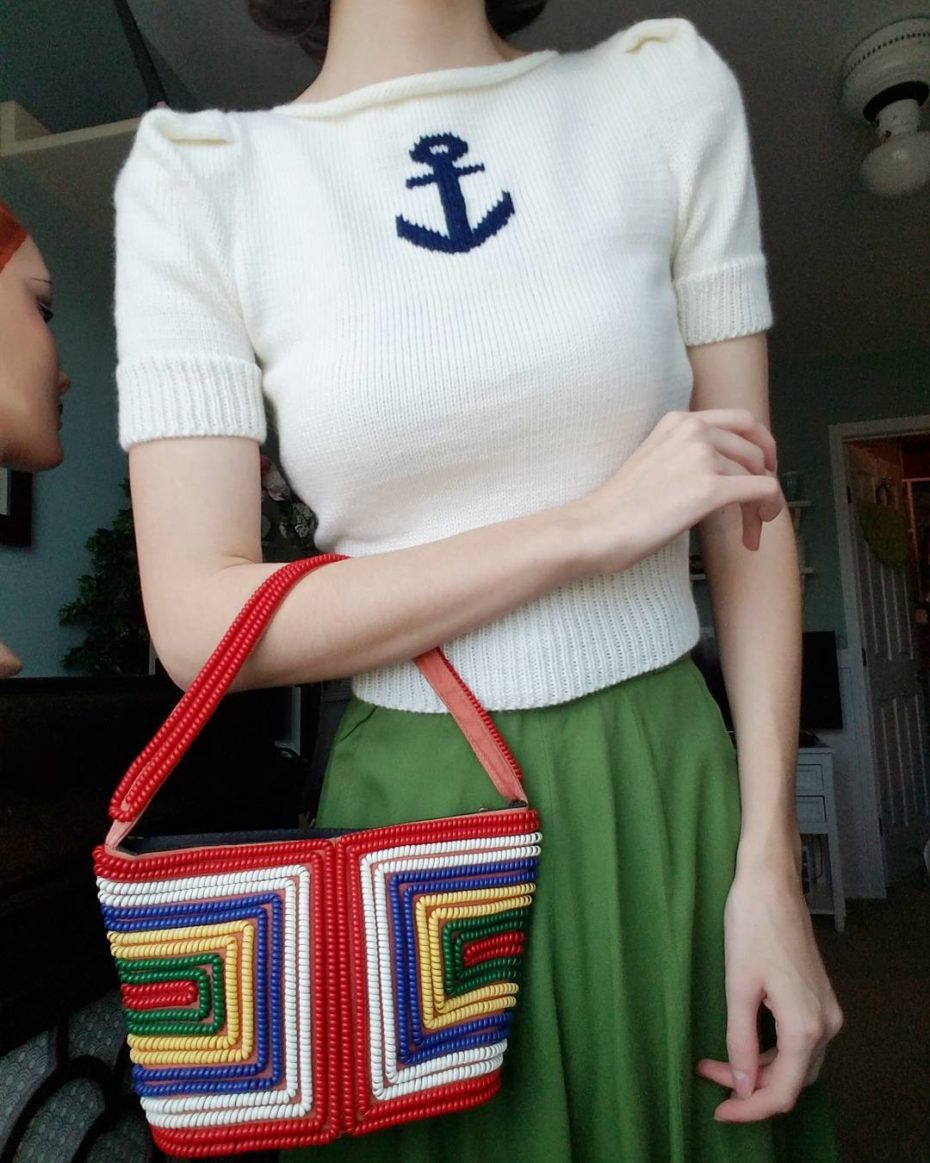
The best part about the the bags? “Because of their wide assortment and popularity back when they were produced, it’s not too hard to get your hands on one,” Jessica says, “The primary color combination is the easiest one to find, and depending on the size and style they can go for $50-$150.
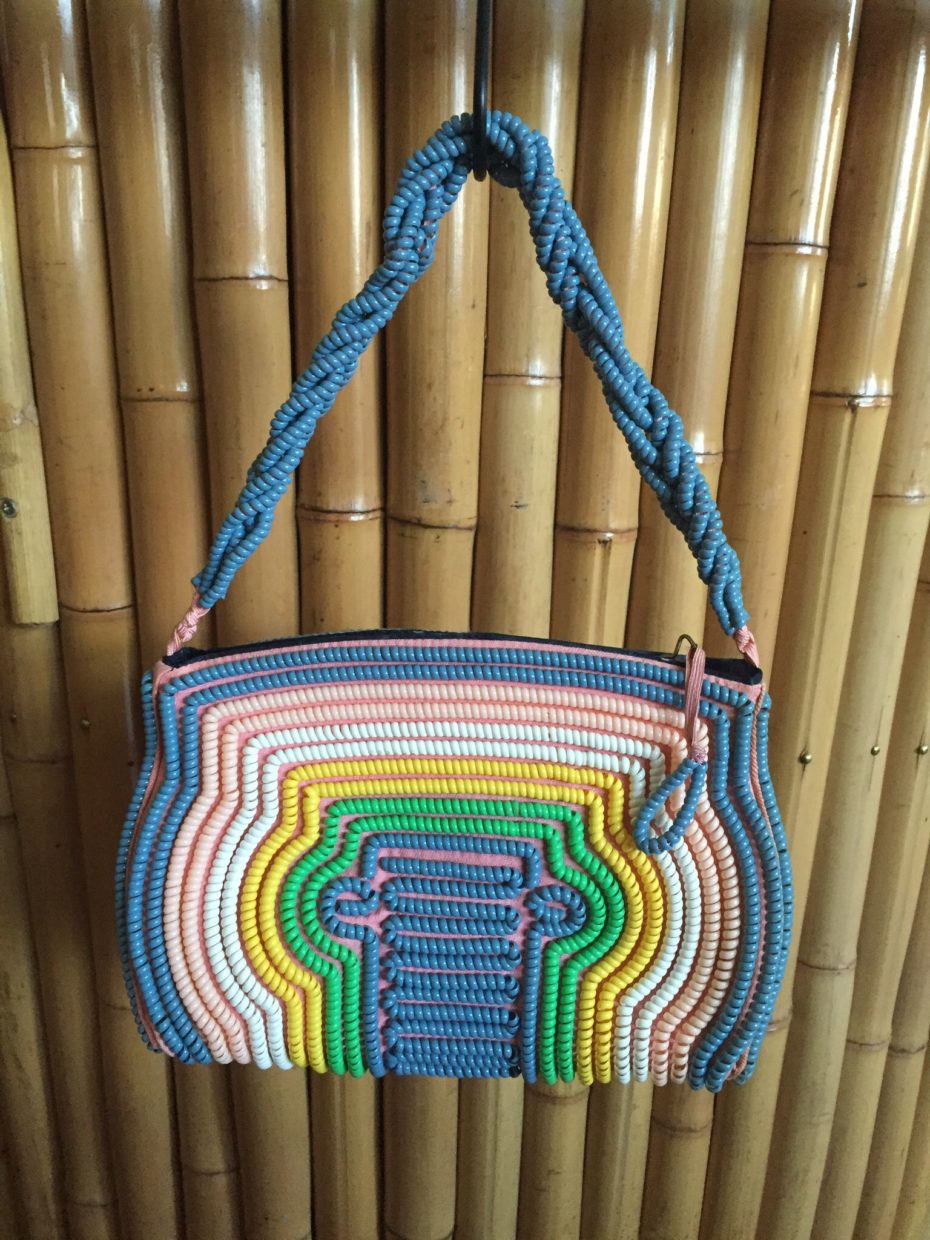
However, rarer pastel colors can be much more [expensive] and harder to find. ” Finally, if you’re still craving coils, she suggests looking out for “telephone cord” hats and jewellery sets that were often made to match the bags.
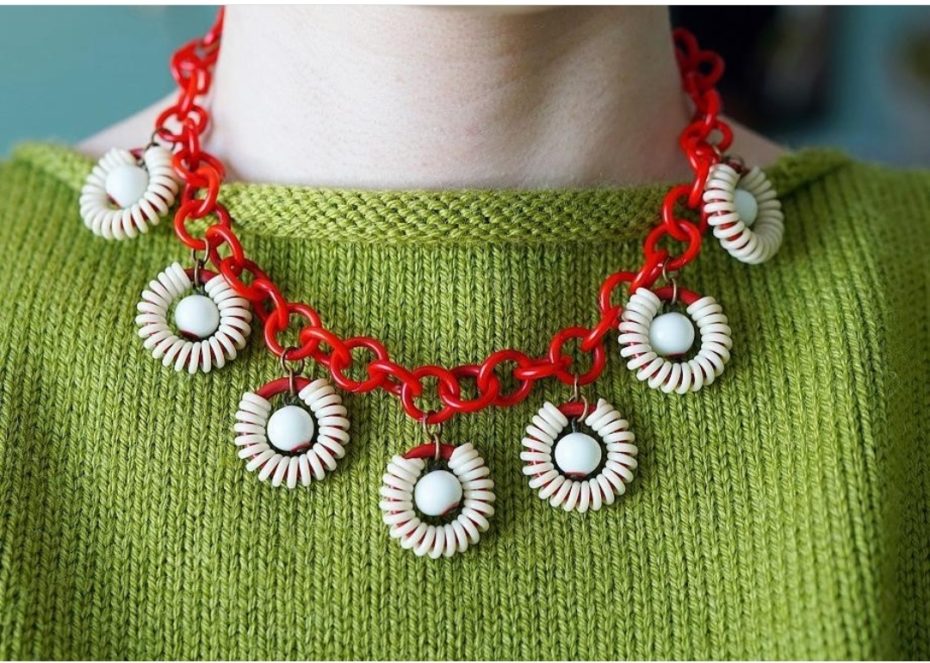
We also spoke to a collector in Germany, Melanie, who just might be one of the world’s most formidable collectors of telephone cord bags. She currently has 120 of these purses and has been collecting for over 10 years. “I love the 40s and 50s and that’s why I came across these extraordinary handbags and started my collection,” says Melanie, who runs an online shop for some rather wonderful vintage jewellery.
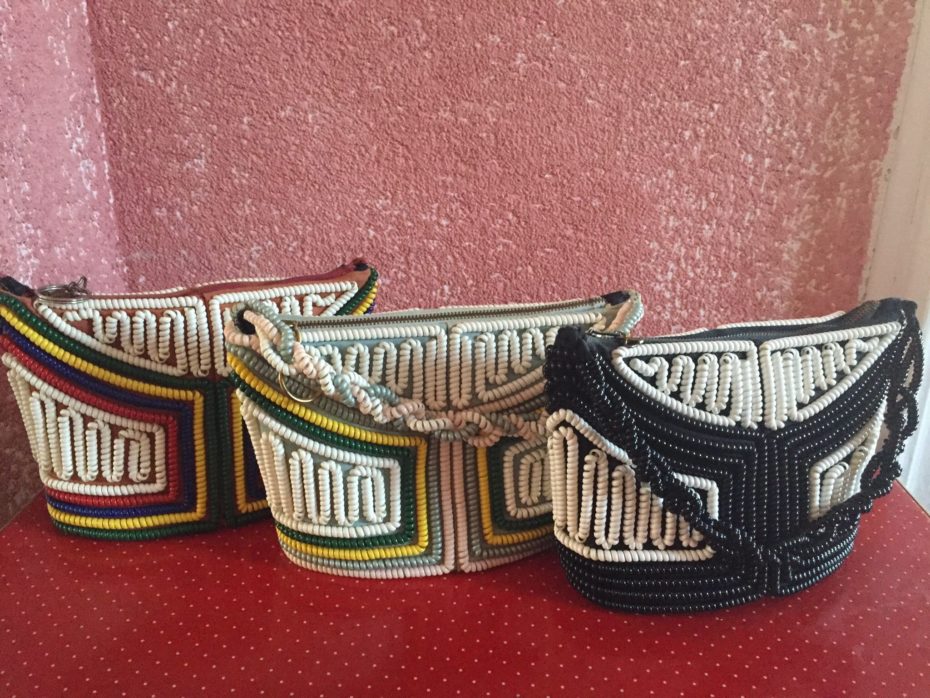
“My bags are not for sale though. I’m from Germany and I can’t find them in flea markets over here. I only find them on Etsy or Ebay. It’s getting harder and harder to find rare colors and styles. And the prices have risen dramatically over the time.” You can browse her full collection on Pinterest, and can be reached for enquiries about her jewellery via her Etsy shop or Instagram.
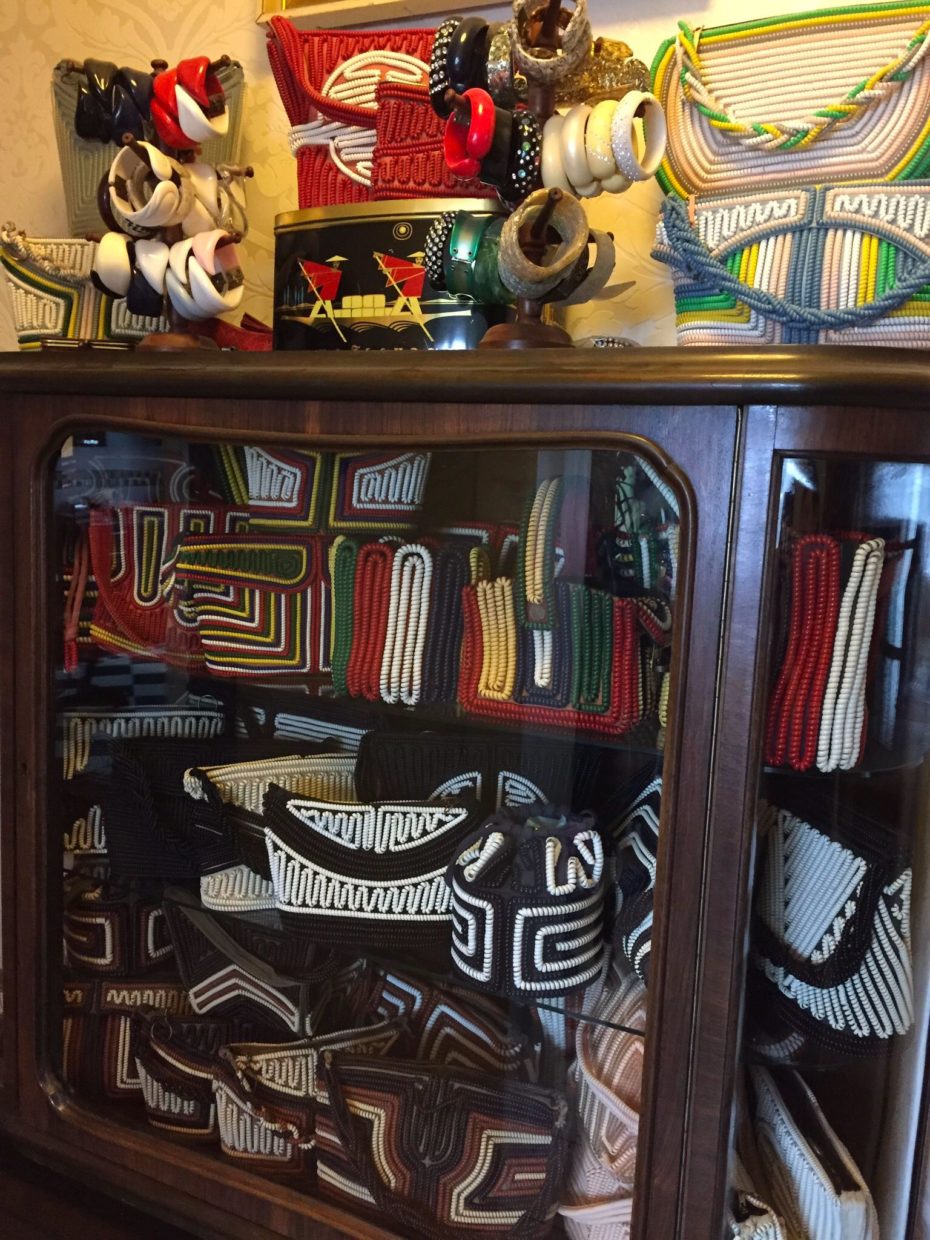
Talk about wardrobe envy.


